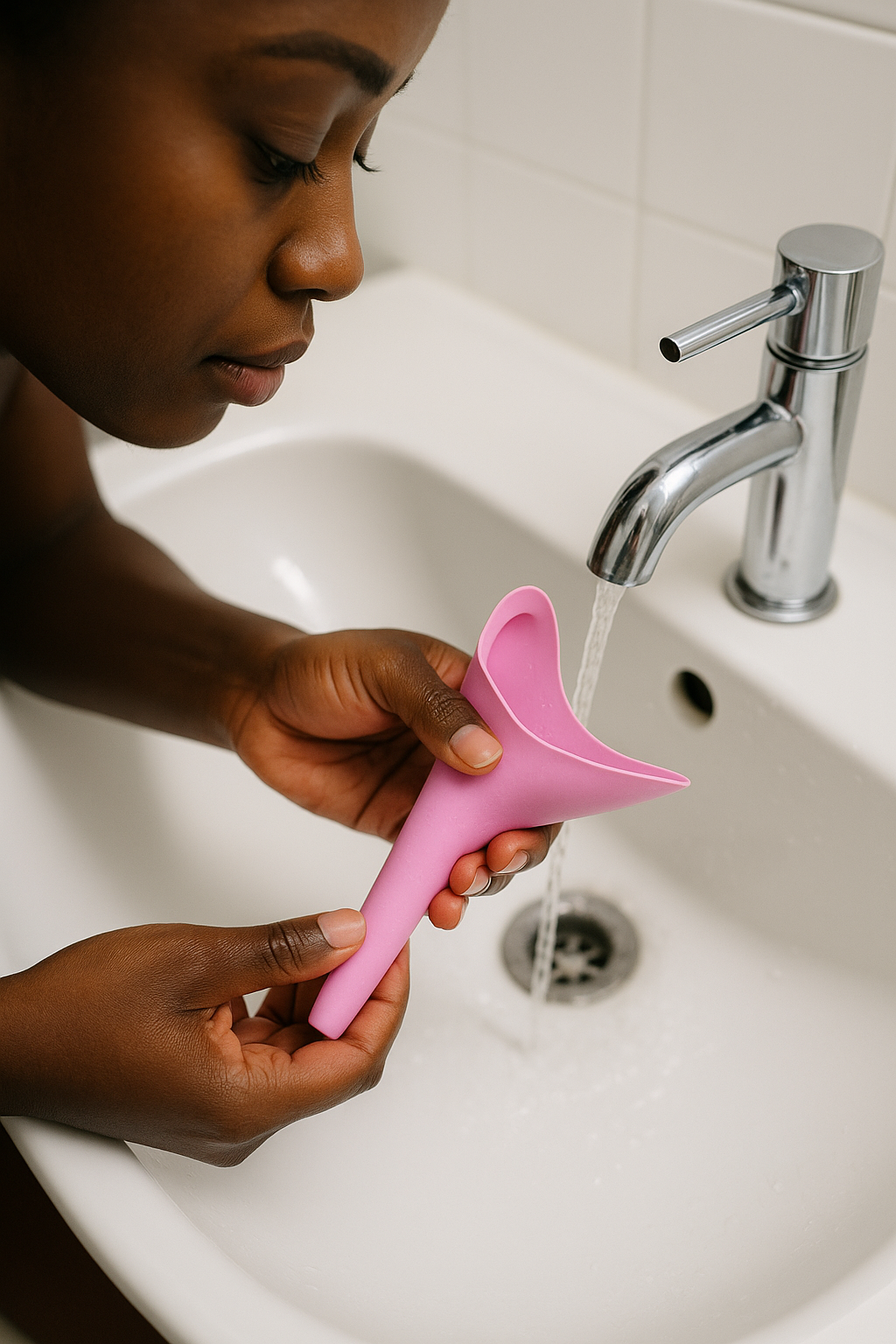The Toilet Etiquette Argument Between Men and Women
 |
| Image credit: stevepb@Pixabay |
Toilet etiquette has always been a silent battleground between men and women—especially when it comes to shared bathrooms. It might seem like a small, even petty topic, but for anyone who’s had to share a toilet with the opposite sex, it’s clear: this is a war of worlds, hygiene, and habits.
Women often voice valid grievances about sharing toilets with men. One of the most common complaints is the mess men tend to leave behind—particularly urine droplets on the seat or the floor. Unlike women, who usually sit down to urinate, many men prefer to stand. That’s where the problems start.
The truth is, most men don’t wipe after urinating. They simply shake it off and tuck it in—it’s a cultural, even symbolic, gesture of masculinity. It’s fast, it's common, and, for the most part, it’s not something many men even think twice about. But unfortunately, in this process, a few stray drops may land on the toilet rim or floor. It may not seem like much to the one doing the shaking, but for the next person—especially a woman—it can be frustrating, unhygienic, and frankly, disgusting.
For women, the toilet seat isn’t just a surface; it’s a point of contact. Sitting down on a seat that’s been splashed is not only uncomfortable but can also feel like a health risk. If a man has an undiagnosed infection or sexually transmitted disease, the droplets he leaves behind could—at least in theory—pose a risk. While many of these risks are low, the psychological discomfort alone is enough to stir up serious concerns.
This is why many women strongly prefer not to share toilets with men. And while some of the rules they set in shared spaces—like “put the seat down,” “clean up after yourself,” or “sit down when you
pee”—might feel unfair or excessive to some men, it’s important to consider the situation in reverse. If men had to sit on toilet seats after women had left visible evidence behind, they too would likely have complaints. The empathy lies in imagining a gender reversal: would you be okay sitting on a seat you suspect may have someone else’s bodily fluids?
However, the argument isn’t always gendered. When women use public toilets—shared only with other women—the cleanliness issue doesn’t magically disappear. In fact, it sometimes becomes even more awkward. When the toilet is left unclean, there’s no man to blame. The reality sets in: not all women are as clean as they expect men to be. This realization can feel unsettling, especially when you’ve been the one shouting loudest about hygiene.
Public toilets are a tricky space. Women who are particular about hygiene often find themselves in a dilemma: hover awkwardly over the seat, line it with toilet paper, or simply avoid sitting altogether. Some women have come up with creative and practical solutions, like carrying wipes or using female stand-up urination devices. These devices, while once seen as odd or unnecessary, are becoming increasingly popular for women who want to avoid contact with toilet seats—whether in a mixed-gender space or not.Ultimately, the toilet etiquette argument isn’t just about cleanliness—it’s about consideration. While the grievances women have are often justified, and the habits men carry are deeply ingrained, the answer lies somewhere in the middle: in empathy, respect, and compromise. If everyone took an extra two seconds to clean up after themselves and think of the next person, toilets—public or private—might finally become neutral ground in this quiet war.
Because at the end of the day, nobody wants to sit in someone else’s splash zone.
#gendercontentions

.jpeg)

Comments